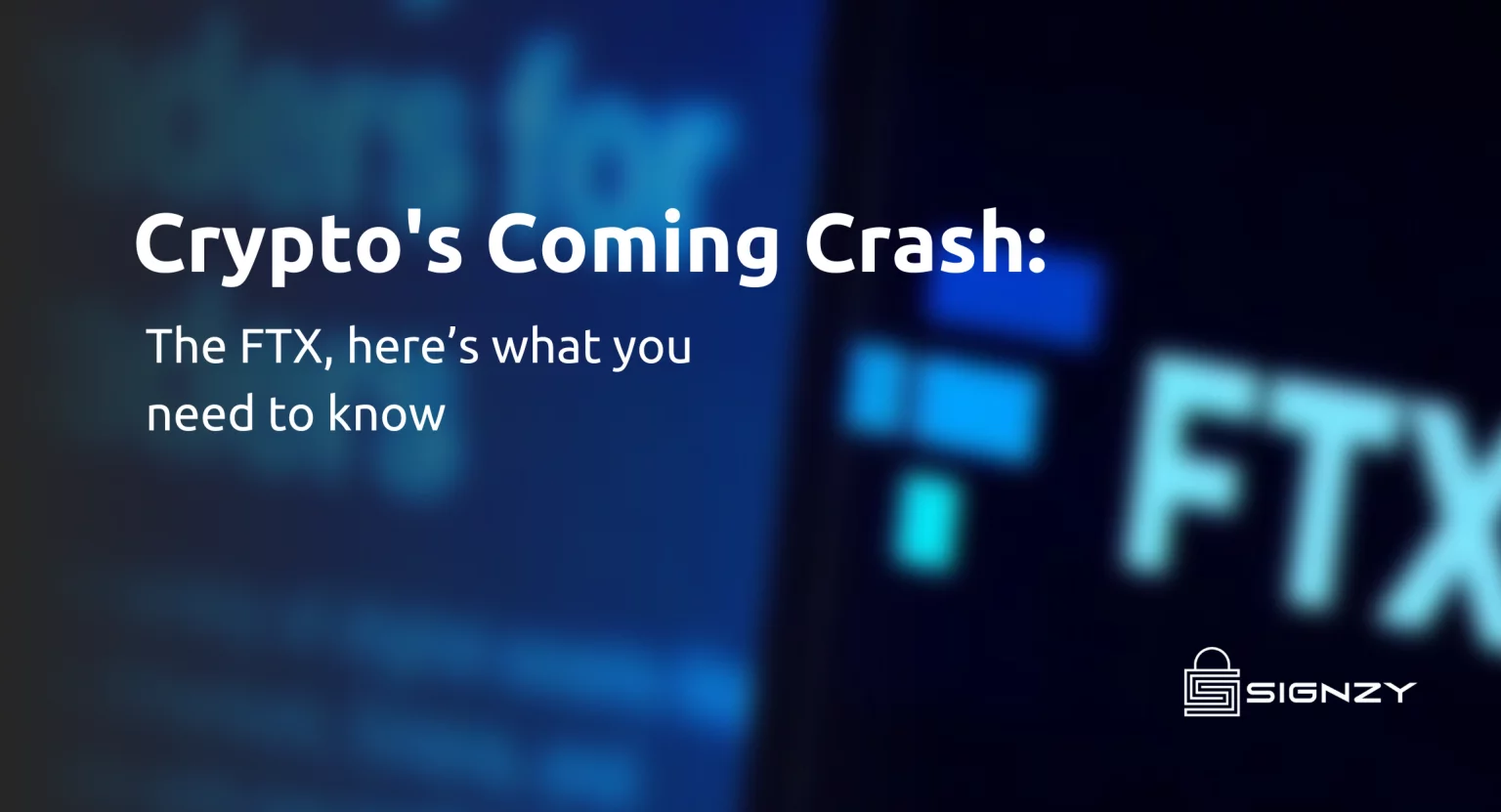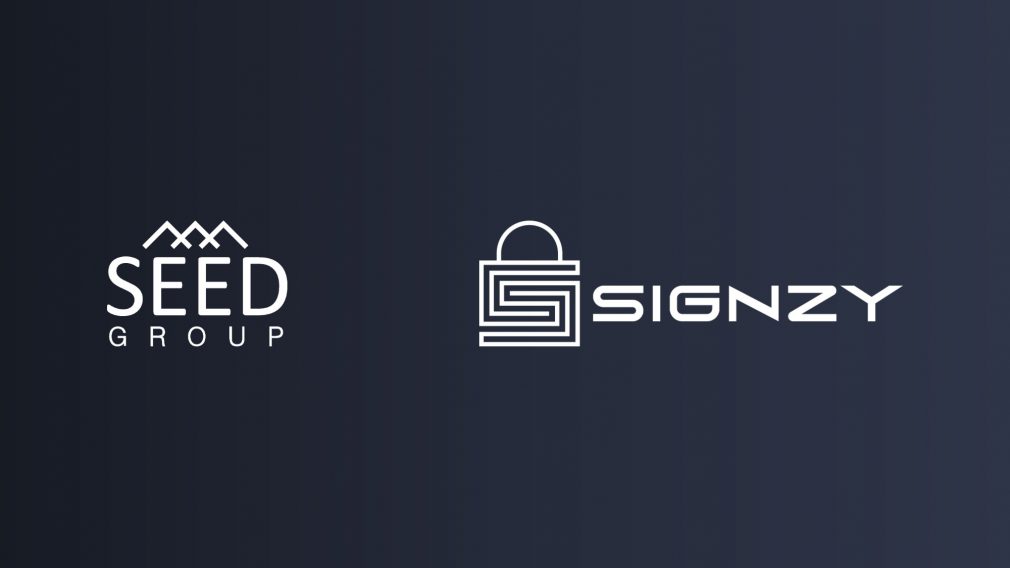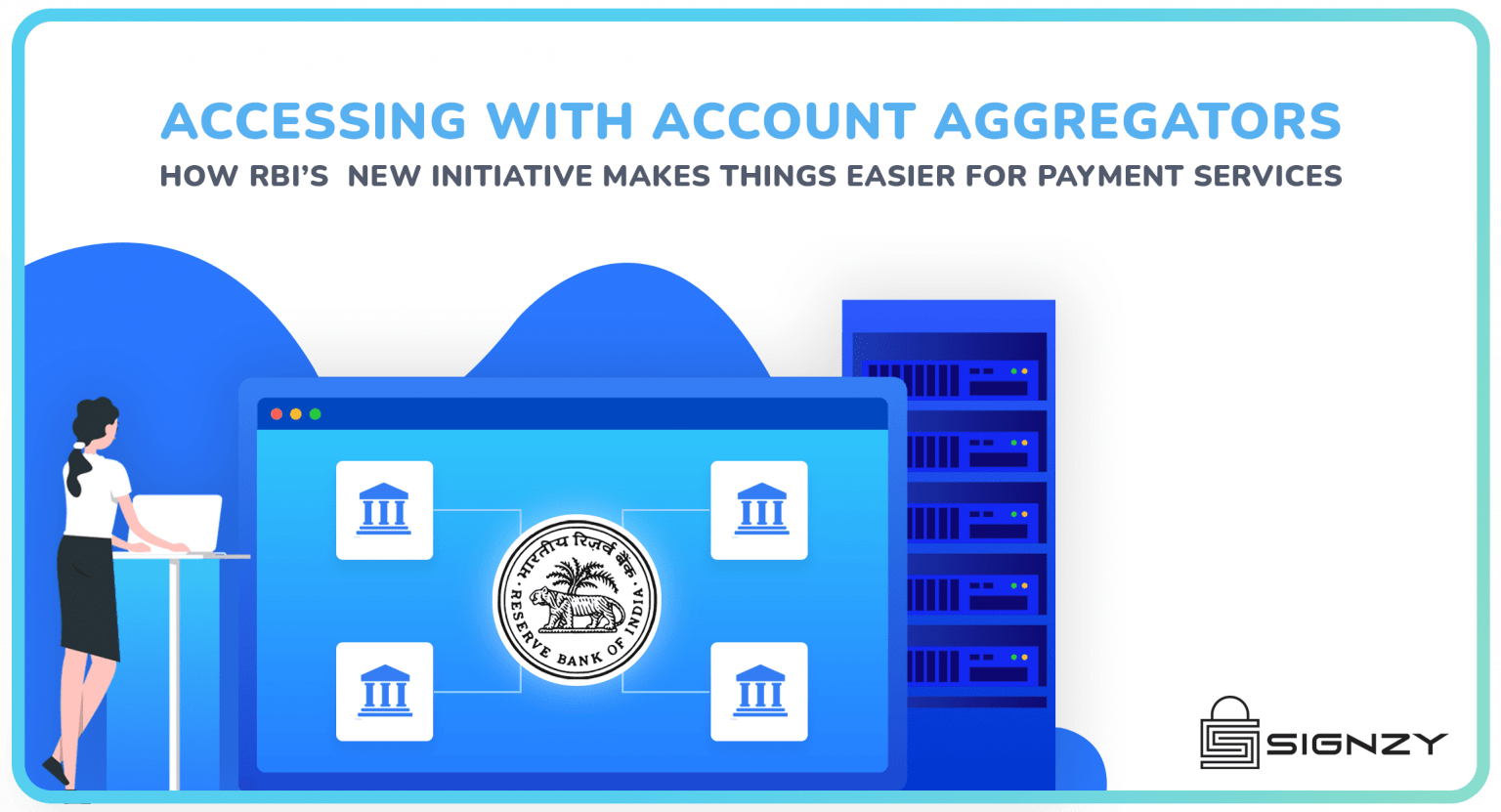FTX, the price of bitcoin (BTC) has tumbled again. It is now about $16,500 – a far cry from the all-time high of $66,000 just a year ago. Why such a significant drop in value? It’s because of the highly toxic combination of exchange (an electronic platform for buying and selling) called Binance.
Binance is a stablecoin (a crypto whose price is pegged 1:1 to the US dollar or another “fiat” currency) called tether – The skilled professional traders running high-frequency algorithms. Unlike stocks, bitcoin can be traded on many different exchanges. But Binance has more than 50% of the entire crypto market, and as a result, it sets the price of bitcoin and other cryptocurrencies
To buy cryptocurrencies, traders must convert fiat money into a stablecoin-like tether. Bitcoin-tether has by far the most significant volume of all products on Binance. Since one dollar usually equals one tether, trading on bitcoin-tether sets the dollar price of bitcoin. But when bitcoin crashes, the entire crypto ecosystem does.
How did the FTX Crash Happen?
The FTX crash has its roots in the manipulation of tether (USDT), the most commonly used stablecoin. USDT is supposed to be backed by one dollar for each USDT coin, but these claims have not been verified. The primary technique used to manipulate the price of USDT is called “wash trading”. What is wash trading you ask? Easy explanation – you buy and sell USDT simultaneously from different accounts you control.
When you do this, USDT prices go up and down, creating the false impression that there is a massive demand for USDT. For example, a trader buys 100 USD T for $100, then sells 100 USD T for $120. The trader has made a profit of $20, but the price of USDT has risen from $1 to $1.20. This creates a misleading impression that the market needs a lot more USDT, which it may not.
Why Does the Crypto Market and FTX Crash?
In most normal markets, a large number of buyers and sellers set the price of a product. If a product is overpriced, more sellers will offer their product. But in the crypto world, only a few significant exchanges set the price. No one buys or sells unless they want to make a profit! When a considerable stock exchange like Binance has a high percentage of the market, it can control the price of bitcoin and other cryptocurrencies.
A high-frequency trader can buy bitcoin on Binance, then sell it on Binance again to someone who has just bought bitcoin on Binance. In addition, Binance does not require a trader to buy or sell an entire bitcoin. Instead, the trader can buy or sell 0.00000001 bitcoin, or $0.0001.
What Should Happen Next?
As in any crash, the best thing to do is stay calm and not panic sell. The FTX crash will probably have a similar outcome to the dot-com crash. The time when the internet was still in its infancy, but the companies were still around – just later in their life cycles.
The FTX crash will, however, cost investors a lot of money. But it will be good for the market’s long-term future, as the weak hands will be weeded out. There are no signs of a healthy correction in the crypto market, but these events always take longer than expected. In 2000, the dot-com crash began in March, but the Nasdaq didn’t bottom out until October 2002, more than two years later.
The Bottom Line
The FTX crash is a healthy correction for the crypto market. But given the lack of proper regulation, the extreme volatility, and the high percentage of inexperienced traders who entered the market, the crash could last for a long time.
Nevertheless, the crypto market will likely go through a healthy correction and come out on the other side of a more robust and mature marketplace. The FTX crash was entirely predictable, and it was only a matter of time before it happened.
About Signzy
Signzy is a market-leading platform redefining the speed, accuracy, and experience of how financial institutions are onboarding customers and businesses – using the digital medium. The company’s award-winning no-code GO platform delivers seamless, end-to-end, and multi-channel onboarding journeys while offering customizable workflows. In addition, it gives these players access to an aggregated marketplace of 240+ bespoke APIs that can be easily added to any workflow with simple widgets.
Signzy is enabling ten million+ end customer and business onboarding every month at a success rate of 99% while reducing the speed to market from 6 months to 3-4 weeks. It works with over 240+ FIs globally, including the 4 largest banks in India, a Top 3 acquiring Bank in the US, and has a robust global partnership with Mastercard and Microsoft. The company’s product team is based out of Bengaluru and has a strong presence in Mumbai, New York, and Dubai.
Visit www.signzy.com for more information about us.
You can reach out to our team at reachout@signzy.com.













